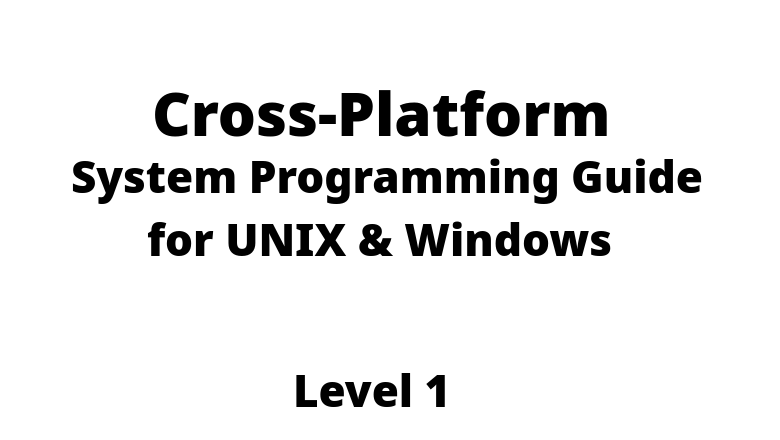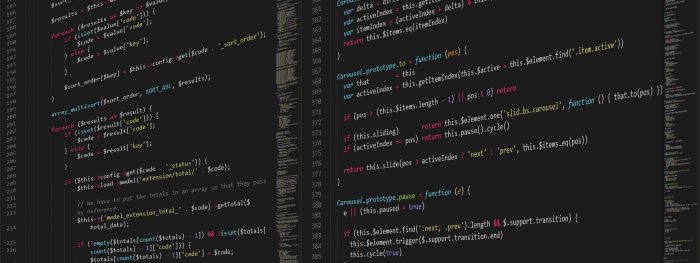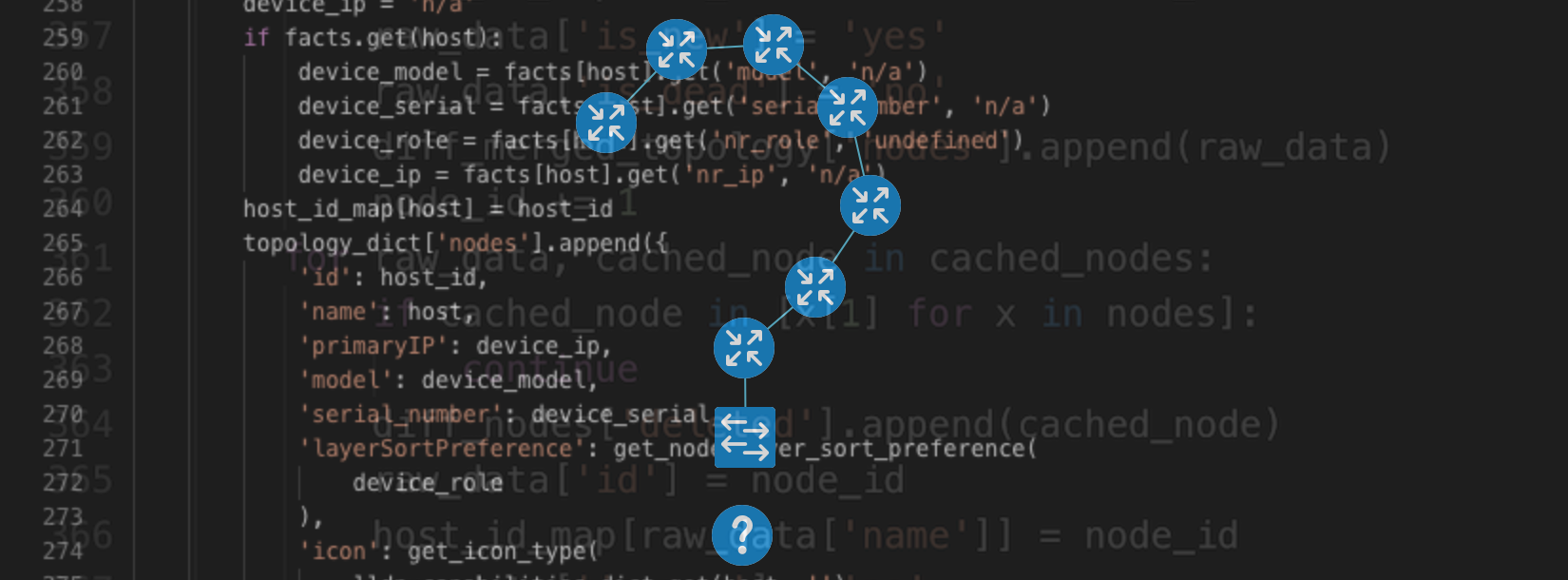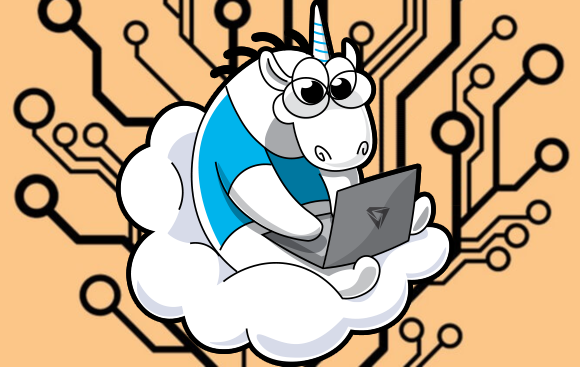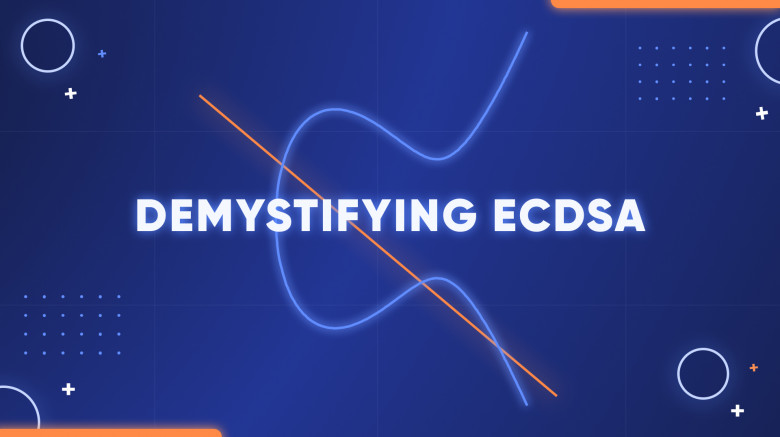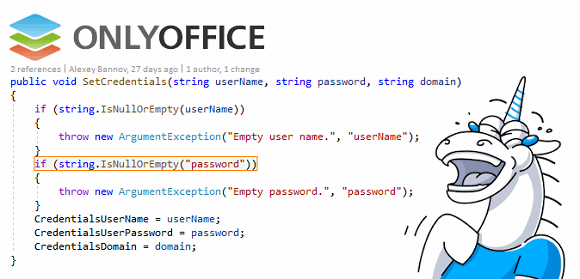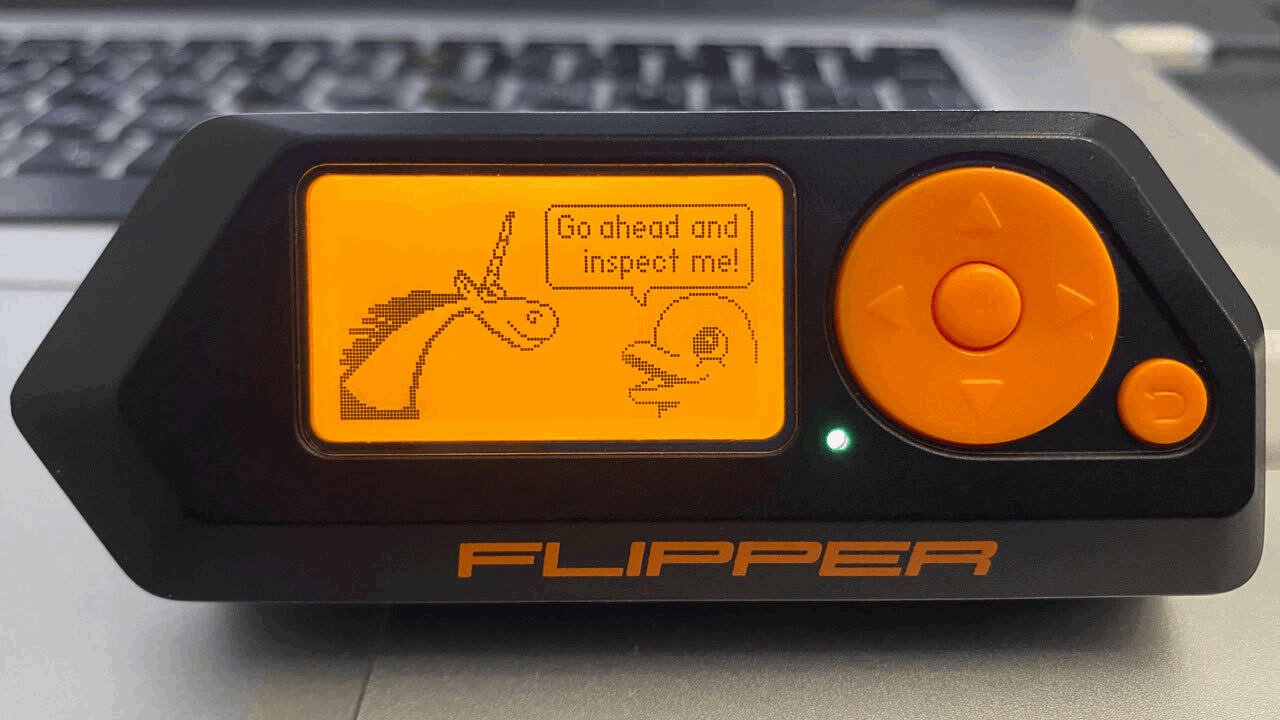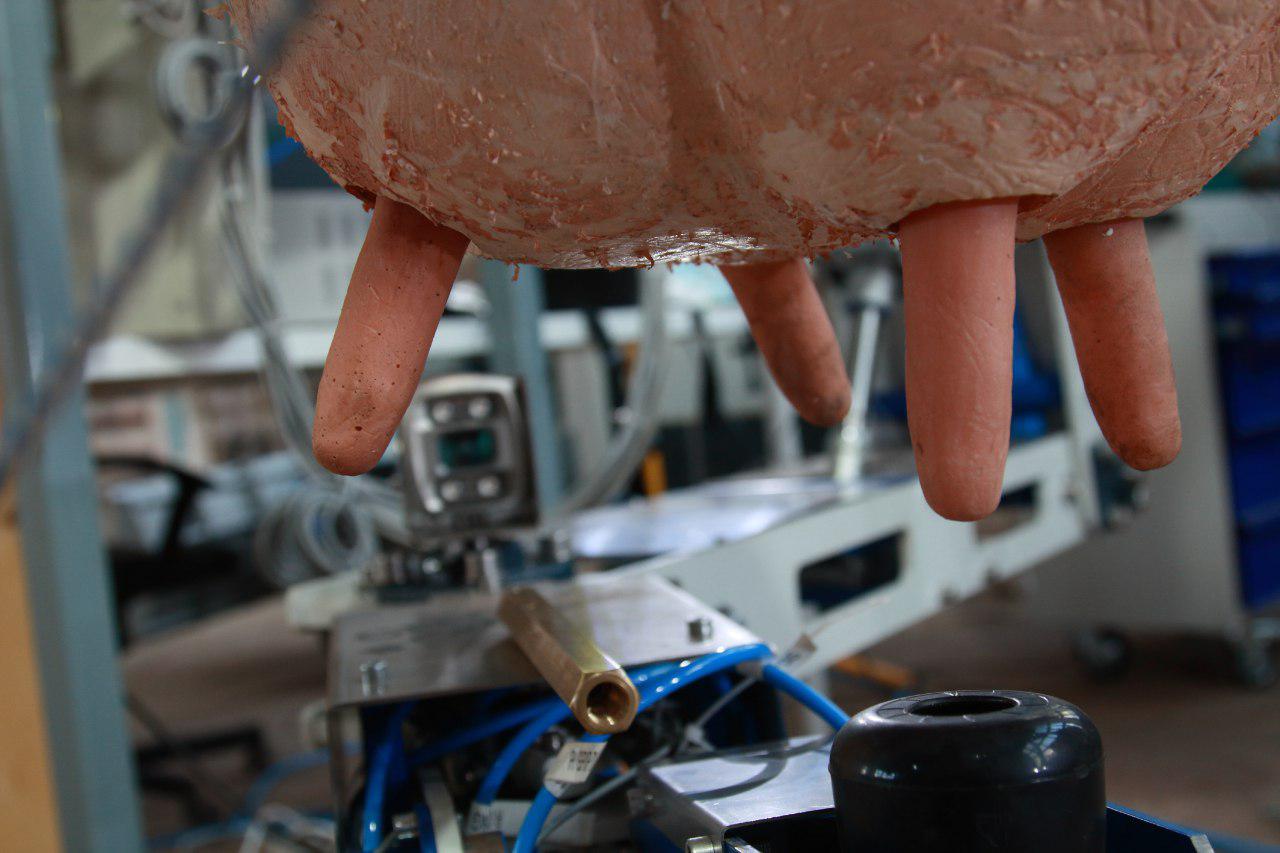
In 2017, the media heard a very interesting story about a startup that robotizes milking cows on industrial dairy farms. The company is called R-SEPT, and back then it received 10 million rubles of investment. But a year has passed, and there's still no news on what happened further. We contacted Aleksey Khakhunov (AlexeiHahunov), the founder of the startup, and discussed the development. It turns out that the whole year his team was getting the prototype of the robot into shape, and just a week ago they conducted their first field test on the farm.
Under the cut there's a story about a robotics student who grew up on his parents' farm, turned the University diploma into an industrial startup, as he collected the first manipulators with his friends, and then scaled up to the level of state programs for the robotization of agriculture. And the most important is how the iron hand of the robot and the machine vision are better than a living milkmaid.
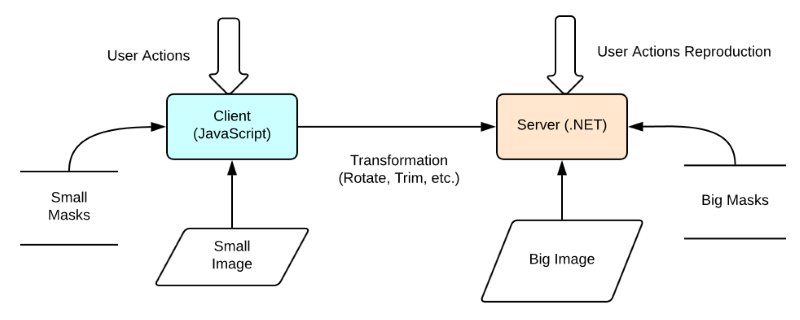
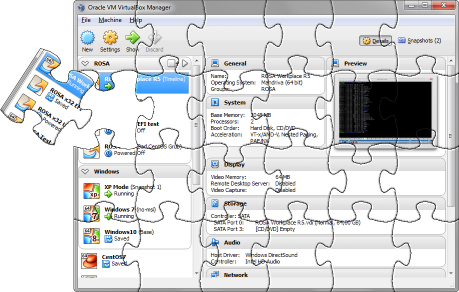
 Intro
Intro